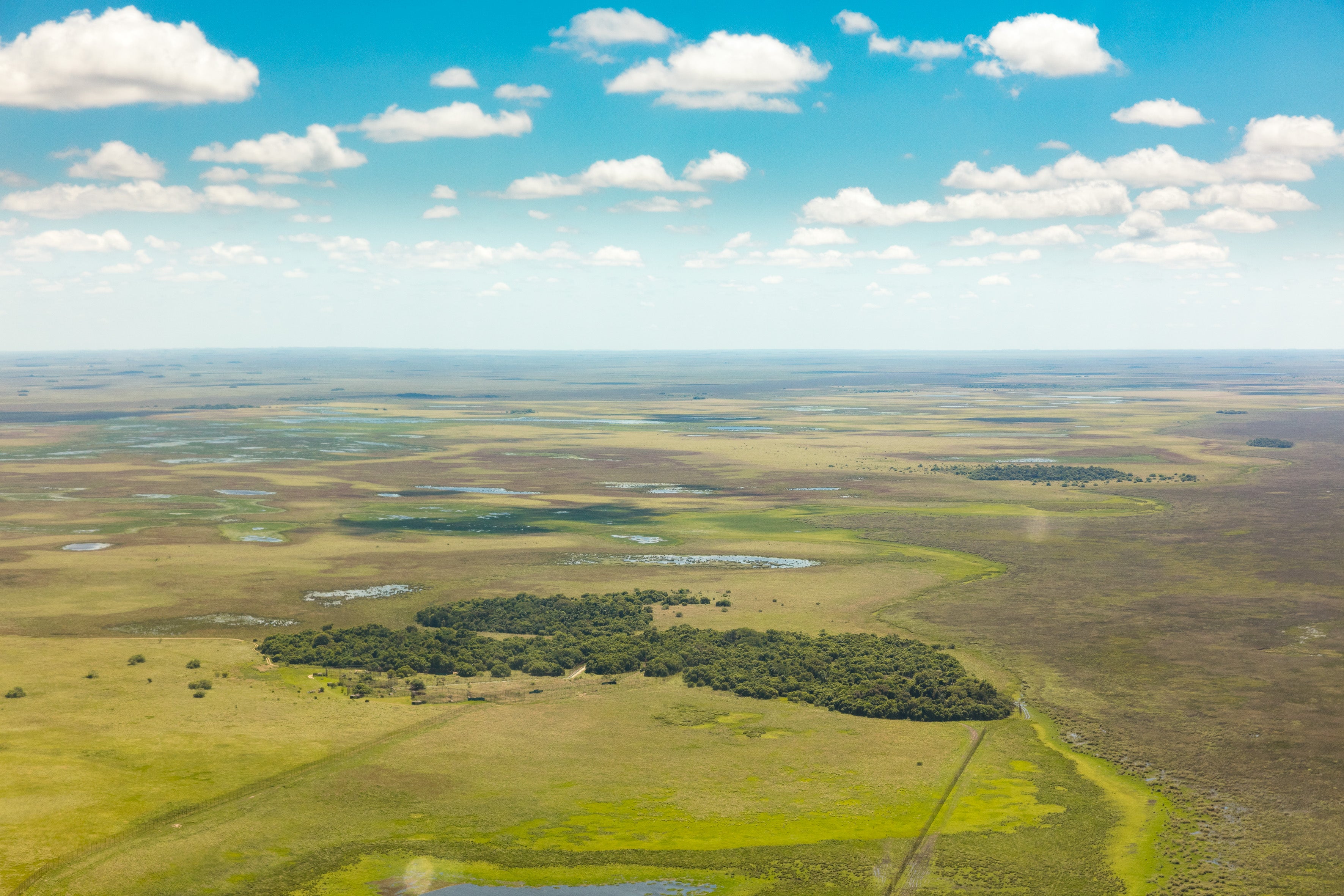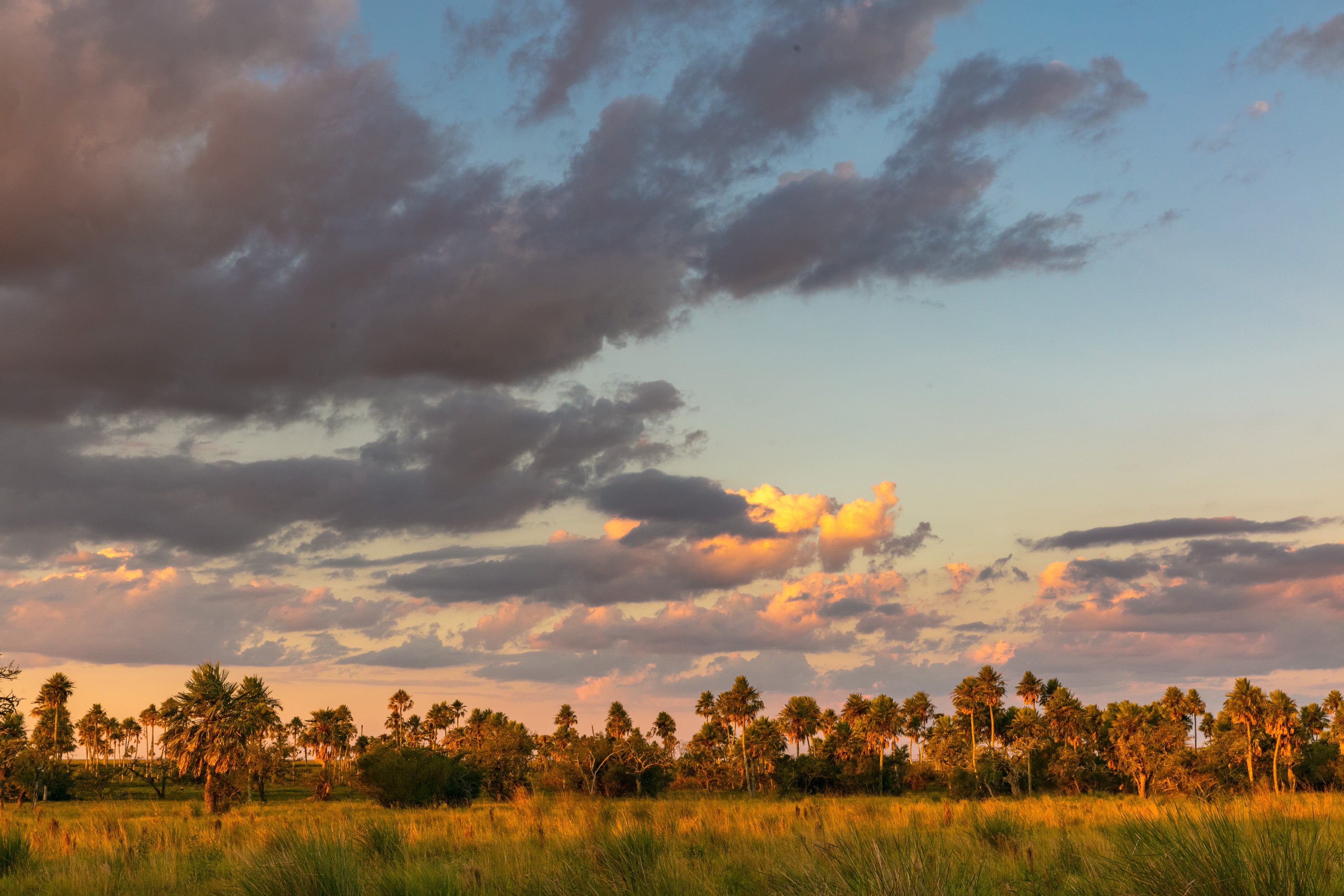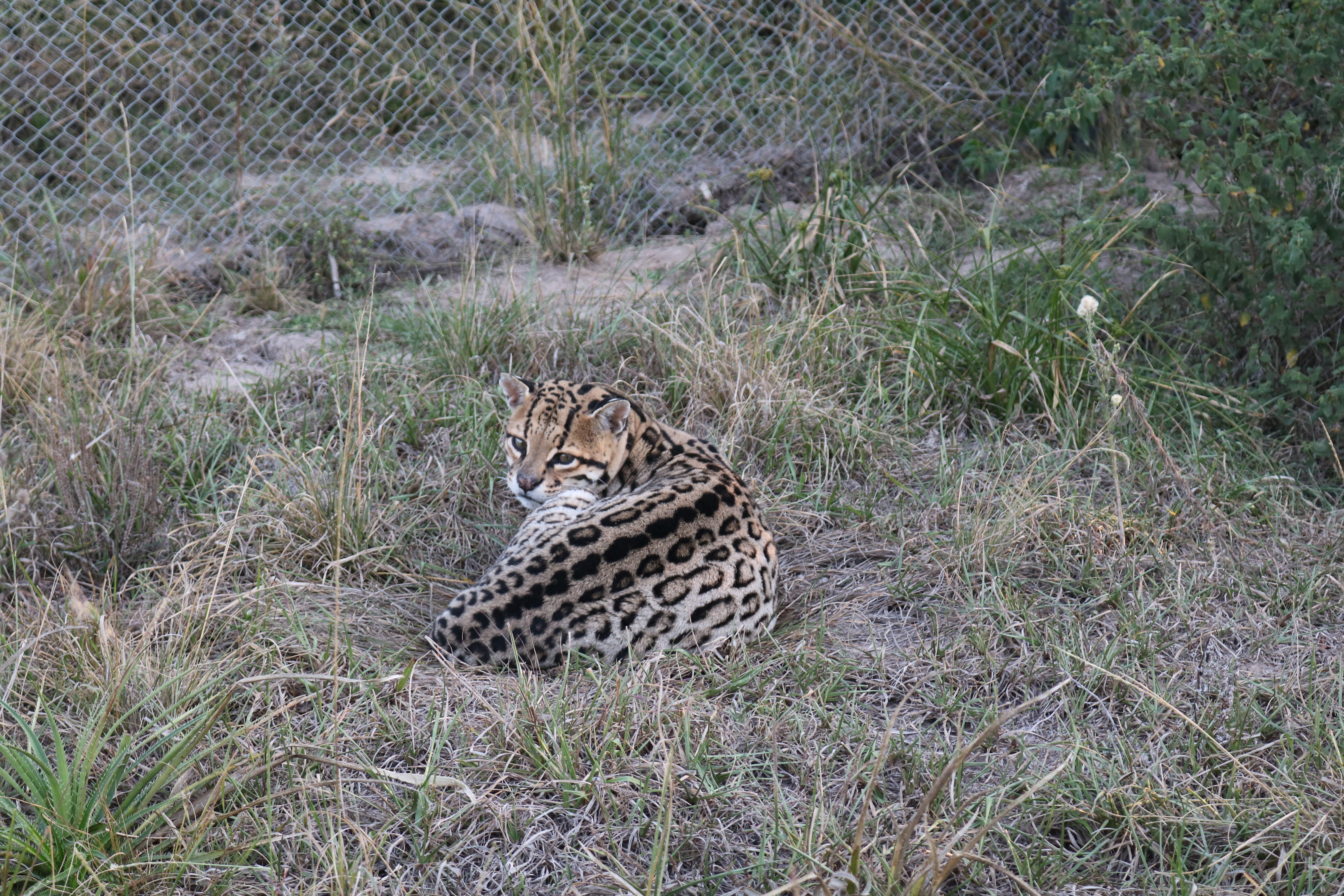Why your next safari should be in Argentina
From extinction to distinction: a rewilding safari in Argentina’s Iberá Wetlands introduces wildlife lovers to unexpected but equally out-of-this-world nature experiences, finds Laura Field

They’re sparkling in the distance, dozens of them, twinkling and mesmerising. But they’re not in the sky. These lights are in fact an agglomeration of caiman eyes, glowing in the dark as they watch us from the comfort of their lagoon.
We’re in a wide, open part of already vast Argentina. Forget Pampa or Patagonia; we’re in the Iberá Wetlands in northeastern Corrientes province, not far from the border with Paraguay. An abundant land, rich in vegetation and wildlife, this wasn’t always the case. Until recently, extinction and scarcity were associated with this region.
Forty years ago, in 1983, hunters in the Iberá Wetlands stopped pursuing caimans, otters and capybaras. Instead, they decided to become the area’s very first park rangers and created a provincial park in Iberá, dedicated to protecting their homelands rather than exploiting them.

Doug Tompkins, founder of The North Face, then bought the land in 1997 and dedicated it entirely to rewilding. Today, the Iberá Wetlands are an impressive success story: 1,300,000 hectares are protected; species that went extinct due to human activity are being reintroduced. While it hasn’t been straightforward – some fauna, like the tapir, couldn’t be reintroduced because of disease – the team at Rewilding Argentina has been regenerating the ecosystem. They started at the bottom of the predatory pyramid and are now finishing at the top, having most recently reintroduced jaguars and ocelots. And visitors can enjoy the fruits of this regenerative labour, while also contributing to the area’s conservation and rewilding efforts through a safari experience with Rewilding Experience.
Read more on South America travel:
One of the best ways to observe the wildlife on an Iberá safari is to glide by canoe, kayak or speedboat on Iberá Lagoon, just outside Carlos Pellegrini. Formerly a nondescript, almost non-existent town that was haemorrhaging residents, Carlos Pellegrini had no secondary school, so children wanting to pursue higher education had to leave and often didn’t come back. This has now changed, thanks to the creation of the Iberá National Park in 2018 and the subsequent introduction of tourism to the area. There are now jobs for local residents, with travellers from Argentina and beyond being a reason for youngsters to stay and work in their hometown instead of having to go elsewhere. Best of all, Carlos Pellegrini finally has its own secondary school.

As we set out on a small speedboat, the clouds disperse and make way for blue skies that reflect in the ripples of the water. A marsh deer, the largest in South America, pops up on the banks; in the same line of vision, I can see capybaras paddling in the water and caimans rigid and statue-like as they soak up the sun. With 300 bird species in the park, it’s hard for even a non-twitcher like me not to be struck by the beauty of herons, savanna hawks and red-crested cardinals gliding through the air and perching beside the water.
Now at the top of the predatory pyramid in the rewilding process, ocelots are the most recent reintroduction to the ecosystem. Later, in 2023, one female and one male will be released into the wild, with GPS trackers attached so that the Rewilding Argentina team can learn from their habits.
“At night, I’d be far more scared to come across someone of my own species than a jaguar or an ocelot,” says Augusto Distel, a naturalist looking after the five precious ocelots currently in the park. He knows that these majestic predators are more vulnerable and gentle than humans have ever been.

Furry, chunky and totally unfazed by us observing them soaking in the mud, I start to wonder if capybaras might be one of my new favourite animals. “They’re the world’s largest rodent,” our guide Margarita González Balcarce announces, stopping me in my tracks. The label almost puts me off; clearly, my affection for capybaras is fickle. But they’re everywhere, even cooling off in the mud alongside the seemingly threatening caimans. The natural world is now in harmony here once again.
As the days draw to a close, another key safari experience is on the cards: a sunset jeep ride to see the glowing sky and enjoy sundowner cocktails. In the middle of the park, we hop down from the jeep to watch the silhouettes of palm trees on the horizon, framed by a blazing orange strip of sky. As the stars begin to twinkle and the moon makes its appearance, we stand in total silence, contemplating the beauty of our natural surroundings.
Evenings at the exquisite cattle farm turned luxury lodge Rincón del Socorro are relaxing and cosy. A traditional Argentine asado (barbecue) dinner sees the succulent meats that Argentina is so famous for cooked slowly on the open fire, accompanied by fresh salads prepared using ingredients from Rincón del Socorro’s immense vegetable garden and orchard.

I’ve joked with family and friends that, after spending a few days in the Iberá Wetlands, I now fancy myself as a budding David Attenborough. But the truth is, my quip isn’t far from reality. Experiencing a safari in a place as bountiful as the Iberá Wetlands, and learning about how it’s changed the area’s fate in terms of wildlife and nature as well as socioeconomically, it’s hard not to want to document it all and share these incredible stories when returning home.
I, like many others, only ever associated the idea of a safari with Africa. But thanks to conservation models developed in Africa and shared with the team in Argentina, the Iberá Wetlands are proof that we can contribute to regenerating lands by choosing to holiday here. It grants a sense of connection and immersion into the vastness of the natural world – as well as bragging rights to seeing a completely different kind of Big Five.
Travel essentials
Getting there
British Airways operates a direct flight from London to Buenos Aires. From Buenos Aires, there are flights to Corrientes airport with Aerolíneas Argentinas that take around 1.5 hours.
Staying there
It’s a 4.5 hour drive from Corrientes airport to Rincón del Socorro, an elegant estancia (traditional Argentine ranch) that’s inside the Iberá National Park. rincondelsocorro.com.ar
Rewilding Experience can organise all travel and transfers.
Join our commenting forum
Join thought-provoking conversations, follow other Independent readers and see their replies
Comments
Bookmark popover
Removed from bookmarks